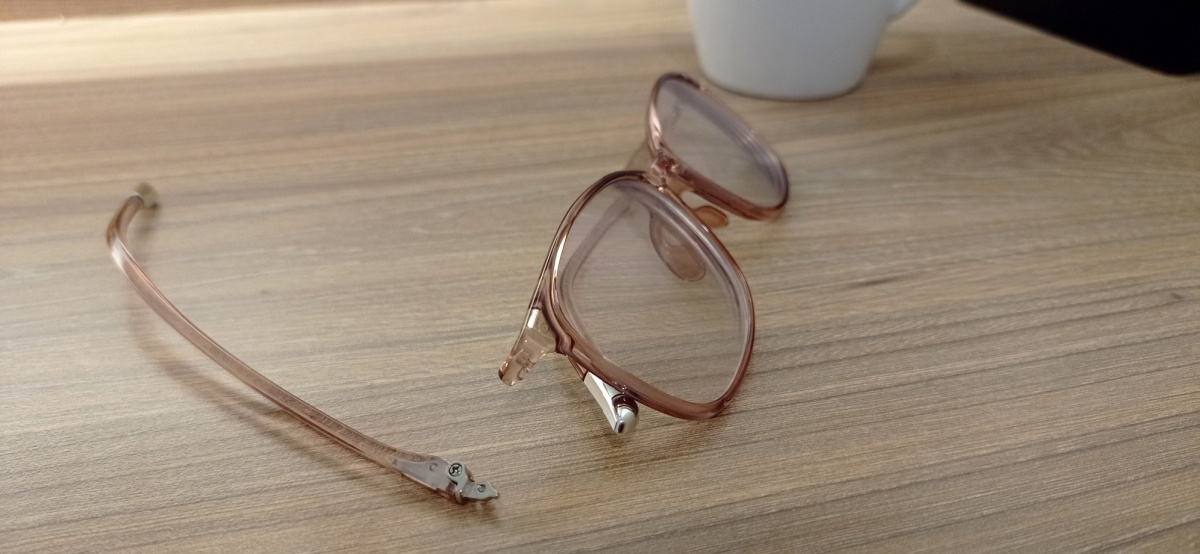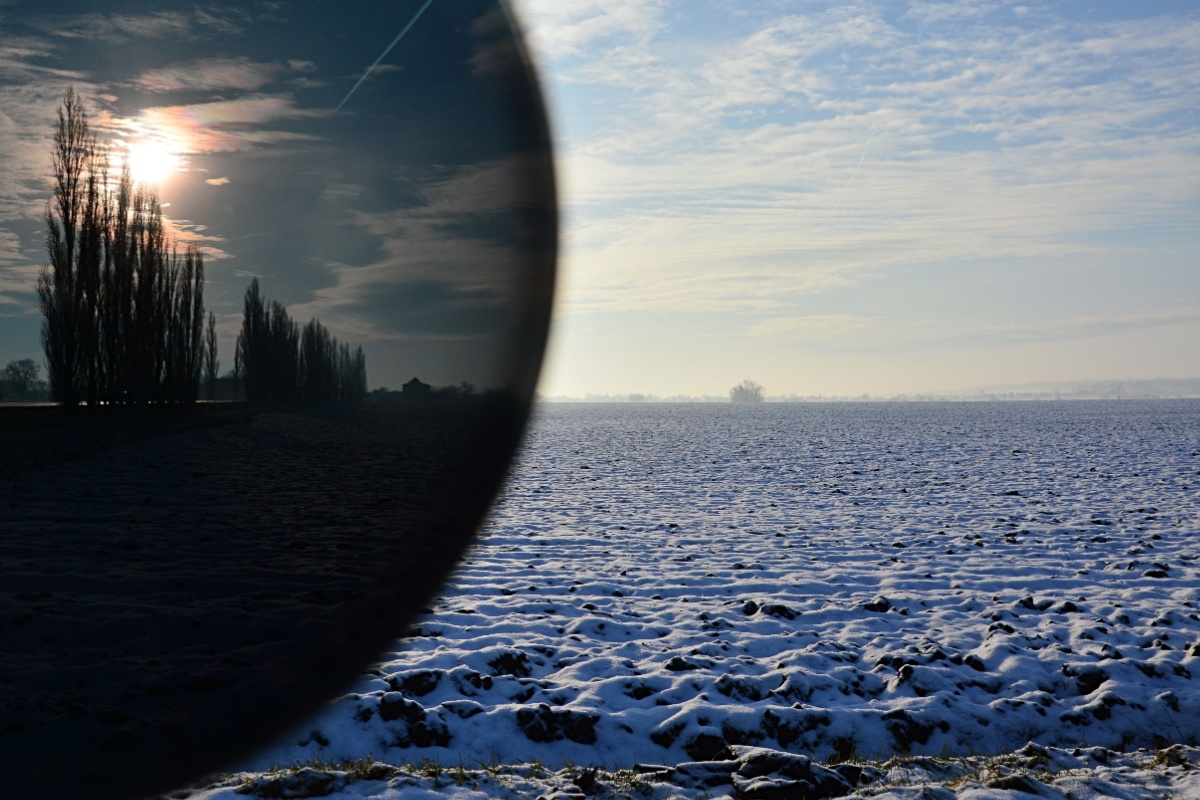Taking a Closer Look at Macular Degeneration
Some say the eyes are the windows to the soul. Many might argue that they’re actually our windows to the outside world. Without our vision, we tend to have trouble processing the world around us. Though the other senses gather and process certain types of information, we get an incomplete picture without our eyes to fill in the visual gaps.
When Vision Problems Get in the Way
Based on the latest reports from the medical sector, about 75 percent of adults in America are living with poor vision and need some type of corrective lenses to make the world clearer. For some, though, corrective lenses aren’t the answer. An estimated 11 million people in the United States are currently suffering from AMD or age-related macular degeneration, and that number is expected to double within the next few decades. https://www.mayoclinic.org/diseases-conditions/wet-macular-degeneration/symptoms-causes/syc-20351107
Understanding Macular Degeneration
With the rates of macular degeneration being so high and constantly rising, chances are you or someone you know either has been or will be diagnosed with the condition. That’s one of the reasons understanding it is so important. Another reason for raising awareness of the condition is empowering people to prevent it or catch it early on and better deal with it.
Macular degeneration is a condition that causes deterioration of the anterior portion of the eye that captures images we see and sends them to the brain for further processing. This portion of the eye, known as the macula, focuses our vision and allows us to properly perceive images. When the macula breaks down, it prevents the eye from taking in images the way it should.
AMD begins with proteins known as drusen gathering at the backs of the eyes. Eventually, these deposits lead to a breakdown in the retina and macula. From there, unusual blood vessels may start to grow in the retina and cause more extensive problems.
This results in progressive loss of central vision, the type of vision needed to see colors, read, drive, and even recognize the faces of loved ones. Macular degeneration is the world’s leading cause of vision loss. It’s incurable, so once the condition begins to develop, the only way to deal with it is to potentially slow its progression.
Looking at the Different Types and Stages of Macular Degeneration
People generally suffer from one of two types of age-related macular degeneration: wet or dry. Wet, or exudative, a macular generation is a form of the condition in which abnormal blood vessels grow in the retina. Those vessels may leak into the affected eye. This is the less common form of AMD, responsible for about 10 percent of cases.
Dry, or nonexudative, macular degeneration is the most common form of the condition with about 90 percent of cases falling into this category. It entails a gradual deterioration of the cells of the macula that take in light. Dry macular degeneration can evolve into exudative MD.
Additionally, AMD develops in stages. Earlier stages of the condition are detected by looking for drusen. Vision loss doesn’t usually take place early on; drusen are simply warning signs of things to come.
As the condition grows worse, it becomes intermediate AMD. This stage is characterized by a larger drusen and discoloration of the retina. Vision loss can become noticeable at this stage though if only one eye is affected, the other may compensate. Once the condition progresses to late-stage AMD, vision loss becomes increasingly obvious.
Who Is At Risk of Developing Macular Degeneration?
In truth, no one is invulnerable to macular degeneration. Certain factors can increase the risk of developing the condition, though. Age is one of the most noteworthy with people over the age of 55 being at greater risk. The older we get, the greater our risk becomes.
Race and gender appear to be risk factors as well. Caucasians are more likely to develop the condition, and 66 percent of diagnosed cases occur in women. Some genetic factors can increase the likelihood of developing AMD, too.
On top of that, certain health issues can make people more susceptible to macular degeneration. Those who live with obesity, high blood pressure, high cholesterol levels, diabetes, and cardiovascular disease are more at risk than others. According to many studies, smoking doubles the chances of developing AMD. Poor nutrition and diets that are high in saturated fats increase the risk as well.
What Are Some Early Warning Signs of AMD to Look for?
Macular degeneration can progress over months or years. On the other hand, it may worsen within a matter of days depending on the type of AMD in question and other factors. Recognizing the condition and its symptoms early is essential. Some common early warning signs are blurring or hazing in your central vision, difficulty distinguishing facial features, and dark or blind spots in your central field of vision.
Those who are suffering from AMD may also notice that they need more light than they once did to be able to read or see things in front of them. Seeing bends or curves in lines that should be straight can also be a warning sign of AMD. Having said that, many people don’t notice any changes in their vision at all. Whether you’re experiencing vision issues caused by AMD or not, the most effective way to detect the condition early and potentially slow its progression is to have regular eye exams.
Is There Any Way to Prevent Macular Degeneration?
While there’s no real way to prevent macular degeneration altogether, there are many ways to reduce the risks of developing it. Certain measures can also slow its progression once it has been diagnosed. Keeping blood pressure, blood sugar, and cholesterol levels under control can aid in preventing macular degeneration. Quitting smoking also greatly reduces the risks.
At the same time, eating a healthy diet may go a long way toward preventing or slowing the progression of AMD. Foods that are high in omega-3 fatty acids, like salmon, tuna, and walnuts, can help foster eye health as well as heart health. Leafy greens and other foods that are rich in antioxidants help reduce the risks as well. Exercising regularly and maintaining a healthy body weight may also decrease the likelihood of developing AMD.
Experts likewise recommend protecting the eyes from exposure to sunlight. UV rays can contribute to eye damage and vision loss, so wearing sunglasses and hats outdoors may be helpful. As mentioned, keeping up with routine eye exams is crucial to the prevention, early detection, and managing of the condition. While people over the age of 40 are advised to visit their eye doctors every couple of years, there’s no harm in making eye exams an annual event.
Keeping Macular Degeneration in Check
Though there’s no cure for macular degeneration, several measures can lower your risks of developing it and keep it from progressing as quickly and severely as it might otherwise. Treatments for macular degeneration have also been developed. These include some prescription medications and photodynamic therapy.
Keep other medical conditions under control as much as possible, avoid smoking, and consider making dietary and lifestyle changes to reduce your risks of developing macular degeneration. Don’t overlook the importance of regular eye exams in catching the condition early and managing it more effectively. https://www.hopkinsmedicine.org/health/conditions-and-diseases/agerelated-macular-degeneration-amd



